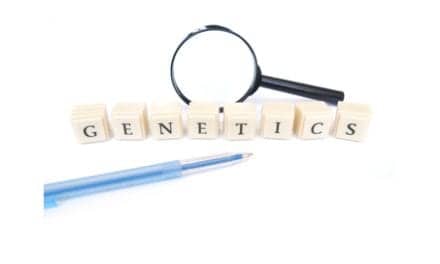When it comes to developing one’s bones in adolescence, which sport is a better choice—swimming, cycling, or soccer? According to scientists at the University of Exeter, soccer tops the list.
“Our research shows that playing soccer can improve bone development in comparison to swimming and cycling,” says first author Dimitris Vlachopoulos, of Sport and Health Sciences at the University of Exeter, in a media release.
“Though we focused on aspiring professionals who played as much as 9 hours a week, playing soccer for 3 hours a week might be enough for a substantial effect.
“We already knew exercise was key for bone growth, but here we clarify what type of exercise.
“Although we didn’t study other sports, it’s reasonable to suppose that weight-bearing, high-impact, high-intensity exercise like tennis, badminton, basketball, and handball will have similar effects to soccer,” he adds in the release.
Their year-long study, published recently in the Journal of Bone and Mineral Research, included 116 boys aged 12 to 14, and it compared adolescent soccer players to swimmers, cyclists, and a control group of boys not involved in regular sport.
As part of their study, the researchers took bone mineral content (BMC) measurements at the lumbar spine (lower back) and femoral neck (upper leg) – both key sites for fractures and osteoporosis.
The results showed that soccer players had higher BMC than swimmers and cyclists after 1 year of sport-specific training.
Despite the many health benefits of cycling and swimming, the study found little difference in bone development between cyclists, swimmers, and the control group, per the release.
“This raises a question about whether swimming and cycling are good for bone development,” states Dr Gracia Marco, also from the University of Exeter, in the release.
“We now need to consider how to counteract the lack of bone growth stimulus caused by cycling and swimming, possibly by encouraging swimmers and cyclists to add weight-bearing exercise in their training,” he adds.
[Source(s): University of Exeter, Science Daily]





